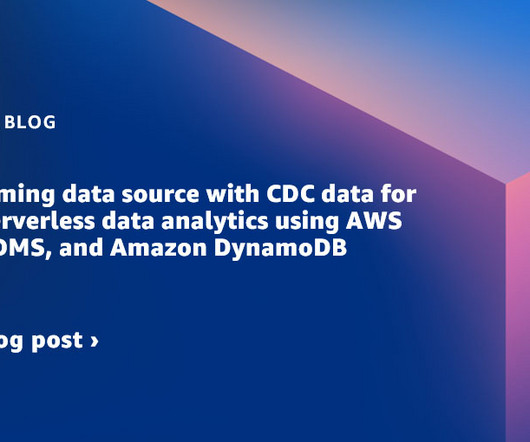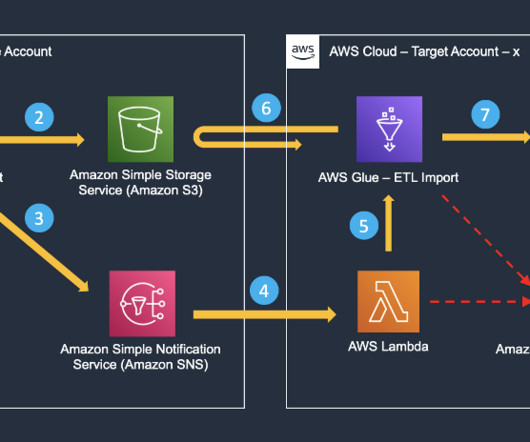Join a streaming data source with CDC data for real-time serverless data analytics using AWS Glue, AWS DMS, and Amazon DynamoDB
AWS Big Data
MAY 30, 2023
Customers have been using data warehousing solutions to perform their traditional analytics tasks. Recently, data lakes have gained lot of traction to become the foundation for analytical solutions, because they come with benefits such as scalability, fault tolerance, and support for structured, semi-structured, and unstructured datasets.















Let's personalize your content